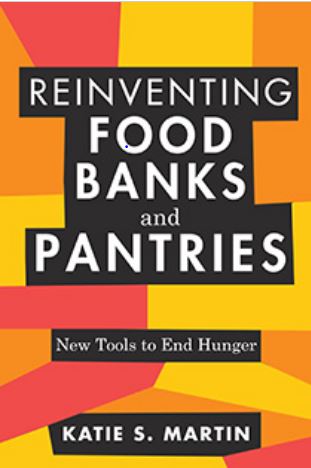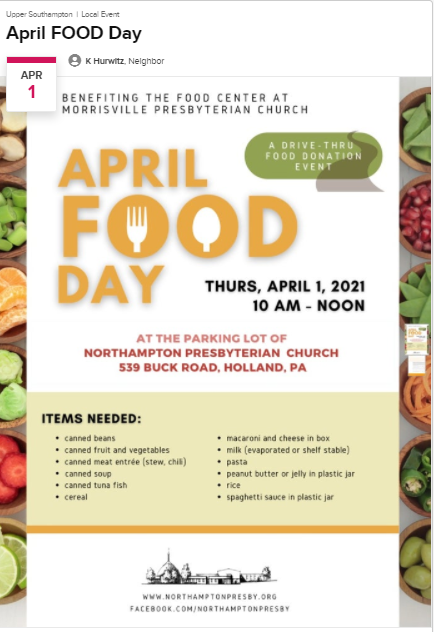Splendid news! USDA updates Thrifty Food Plan and SNAP benefits
Yesterday, the USDA issued a press release: USDA Modernizes the Thrifty Food Plan, Updates SNAP Benefits
WASHINGTON, August 16, 2021 – The U.S. Department of Agriculture (USDA) today released a re-evaluation of the Thrifty Food Plan, used to calculate Supplemental Nutrition Assistance Program (SNAP) benefits.

This is a miracle, an event long sought by anti-hunger advocates.
The Thrifty Food Plan is supposed to be “the cost of groceries needed to provide a healthy, budget-conscious diet for a family of four.”
- It is the basis for establishing SNAP benefits.
- It was created in 1962.
- All subsequent updates (until now) only adjusted for inflation but were otherwise required to be cost-neutral.
No wonder SNAP benefits were so inadequate.
Hope for change came with the 2018 Farm Bill.

In January, President Biden issued an Executive Order to review the Thrifty Food Plan. USDA moved quickly on this in order to increase pandemic benefits permanently.
In its re-evaluation, USDA did as directed by Congress. It based its report on current food prices, food composition data, consumption patterns, and dietary guidance.

The New York Times has a graphic displaying these changes in greater detail, as well as the effects of these changes on benefits.

This may not seem like much of a difference, but it should help.
No surprise, some members of Congress have objected to the increased expenditures, estimated to amount to $20 billion a year.
SNAP expenditures have always been contentious. But for now, those who need help will be getting a bit more.
Additional Resources
- What is the TFP? (Blog)
- The Thrifty Food Plan and SNAP Benefits (Website)
- The TFP Re-Evaluation Process (Infographic)
- Changes in Benefits by State (Tables)
- TFP Listening Sessions (Summary) (Blog)
- SNAP Participants’ Barriers to Healthy Eating (Infographic)
- Barriers that Constrain the Adequacy of SNAP Allotments (Report)
- SNAP FY 2022 Cost-of-Living Adjustments (Memo)





